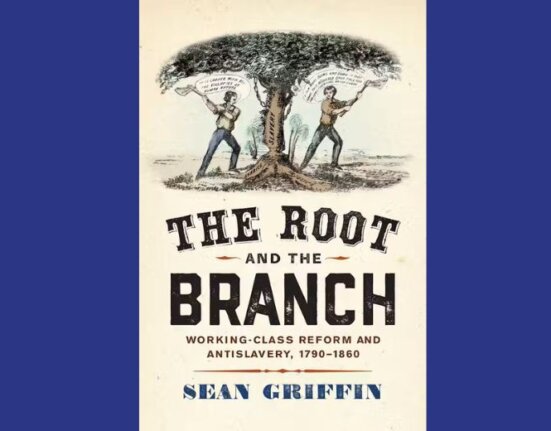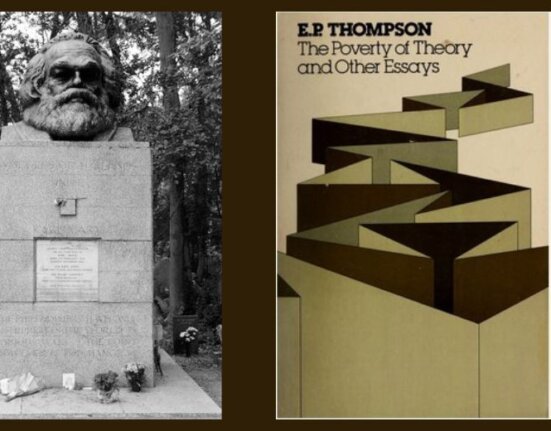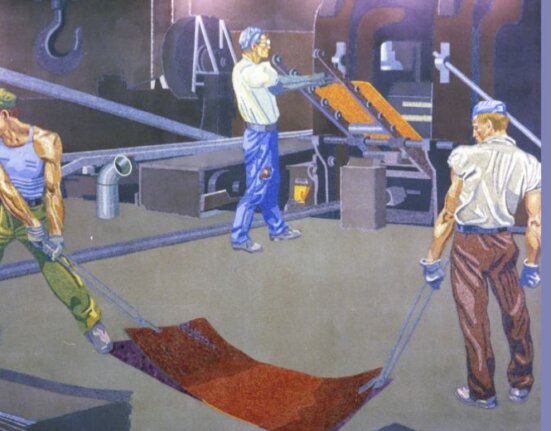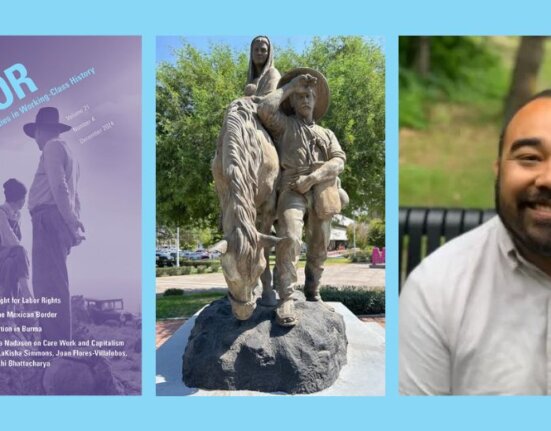Alfred F. Young, a pioneer of the “new labor history,” noted social historian of the early American nation, and a founding editor of Labor: Studies in Working-Class History of the Americas, died on November 6, 2012 at age 87. Many know him from his passionate and original investigation of the lives of working people, including The Shoemaker and the Tea Party: Memory and the American Revolution(2000), Masquerade: The Life and Times of Deborah Sampson, Continental Soldier (2005), and, most recently, as co-editor of a recent collection of essays, Revolutionary Founders: Rebels, Radicals and Reformers in the Making of the Nation (2012). His earlier essay collections, The American Revolution (1976) and Beyond the American Revolution (1993), highlighted the work of a new generation of historians, many of whom became leaders in the discipline.
LaborOnline invites commentaries and reminiscences of our beloved Al from those who knew him personally or through his good works.
We thank Jesse Lemisch for the initial comment below.

But not from Al. He was distinctive in his generation and political background in rejoicing at the birth of a new movement, appreciating it for its virtues, and trying to relate to it in friendly fashion. And he applied this attitude in his important accomplishment as a radical in the history profession. Al was truly, in the language of the day, a Radical in the Professions. Two accomplishments (among many) stand out in Al’s activities in this area: his establishment of the Committee on Academic Freedom in Illinois (1968), and his role in the American Historical Association’s Committee on the Rights of Historians (1971). By the late 60’s, after having been thrown out of Yale by noted liberals, radical historian Staughton Lynd was fired and not hired by 14 colleges and universities in the Chicago area. As an intensely radical fellow in so many aspects of his life and activities, Staughton was not an exactly kosher figure, and he was tainted by despicable pieces by Eugene Genovese in the New York Review of Books. But Al would have none of this: he saw the need to organize in defense of Staughton, and set up and recruited to participation leading historians, who signed on to a fine statement which he composed. Al should be remembered as the moving force in this.
And Al was the moving force in the AHA’s Committee on the Rights of Historians. Founded as part of the fall-out of the radical caucus activities, the Committee was chaired by Sheldon Hackney. But with Al pushing it leftwards, it produced an important statement on the subject, which brought this leading professional association up to date in its perception and definition of the wave of political firings sweeping history departments as so many liberals, like Vann Woodward, cut loose and turned against the Left. And the Committee managed the almost impossible task of getting a dozen or more left historians — including Staughton and me — to put down in detail accounts of our experiences of political discrimination. Impossible because we didn’t trust the AHA, but we trusted Al. Someplace in the AHA’s archives is this magnificent collection of primary sources, indispensable for documenting the existence of an academic red scare in the 60s and 70s.
– Jesse Lemisch






